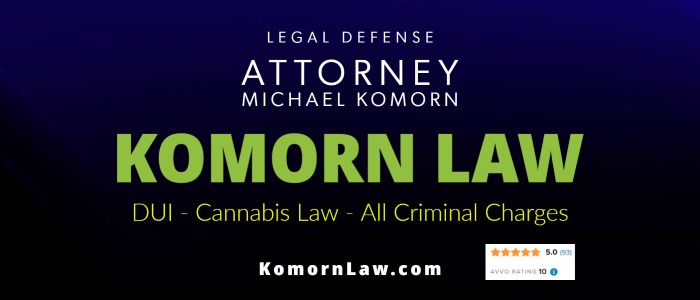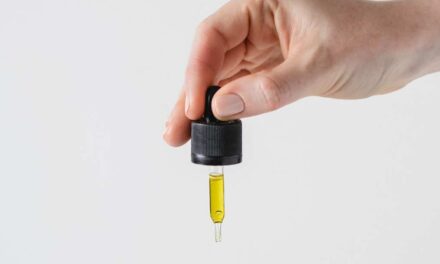Summary of this paper
Our Machine-Learning algorithms scan the text for the most important phrases or passages. These highlights, alongside their respective section titles, are shown below.
Introduction
To our knowledge, there have been no studies of deposition of cannabinoids in human hair following controlled administration of cannabis or THC. Most studies rely on self-reports of cannabis use. In cases where individuals have reasons to hide their drug use, self-report can be unreliable [21]. Go To Passage
Subjects
They provided written informed consent to take part in controlled oral and smoked drug administration studies evaluating the pharmacokinetics and pharmacodynamics of cannabis. Subjects completed a questionnaire regarding drug use habits and had hair collected before and after drug administration. The National Institute on Drug Abuse Institutional Review Board approved the randomized, double blind, double dummy, placebo-controlled clinical studies and subjects were compensated for participation. Go To Passage
Clinical Research Protocol
The two highest doses were in the last month of administration. The total THC administered was 116 mg. Hair specimens were collected at the end of the 10-week period 7-10 days after the last dose was administered. Go To Passage
Hair Collection Protocol
For the purposes of this investigation and in accordance with routine hair testing practices, the first 3.9 cm of hair closest to the scalp was analyzed to reveal drug use within the last three months. A total of 53 hair specimens were collected. Hair specimens were randomized and blinded prior to analysis at American Medical Laboratories (currently Quest Diagnostics), Las Vegas, NV. Go To Passage
Gcmsms Analysis For Thc And Thccooh In Hair
Calibration samples contained 5 and 0.5 pg/mg THC and THCCOOH, respectively. Controls in certified negative hair matrix were prepared at 0, 3.0 and 7.0 pg THC/mg hair and 0, 0.3 and 0.7 pg THCCOOH/mg hair. A blind quality control sample at a concentration within the linear range was also included with each analytical batch. Go To Passage
Immunoassay For Cannabinoids In Hair
It was adapted and validated for the analysis of cannabinoids in human hair. The LOD of the assay was 2 pg THC equivalents/mg and a cutoff concentration of 5 pg THC equivalents/mg hair was used to screen all specimens. Intra-and interassay precisions at the cutoff concentration were 1.7 % and 9.3 %, respectively. Go To Passage
Statistical Tests
Several procedures for detecting use of cannabis or THC were evaluated. We determined the fraction of specimens that were positive using each of the following criteria: GCMSMS for THC ≥ LOQ, GCMSMS for THCCOOH ≥ LOQ, immunoassay cannabinoids ≥ 5 pg THC equivalents/mg hair, and both immunoassay and THCCOOH ≥ respective cutoff concentrations. Fisher’s exact test, two-tailed, was used to compare the fractions of positive specimens, i.e. detection rates, for daily and non-daily users, AA and C subjects, and to test for independence of detection rates for subjects before and after smoked cannabis [22]. Go To Passage
When you need an attorney to represent your Cannabis Business who has the experience and intimate knowledge of the industry – Take a good look at Komorn Law PLLC – a law firm that has been on the front line defending the future of cannabis both medical, recreational and in the justice system providing legal defense services.
Results
For those specimens with detectable cannabinoids, the range of concentrations for THC was 3.4 to > 100 pg/mg of hair and for THCCOOH 0.10 (the LOQ) to 7.3 pg/mg hair (Table 1). THC and THCCOOH concentrations were positively correlated (r = 0.38, p < 0.01, Pearson’s product moment correlation, excluding the subject with > 100 pg THC/mg hair). Median THC and THCCOOH concentrations were higher for daily users and AA subjects, but elevations were not statistically significant (Mann-Whitney Rank Sum Test, all p > 0.2, see Figures 1 and 2). Go To Passage
Discussion
For many drugs the parent compound is in much higher concentration in hair than water-soluble metabolites and this is also true for cannabinoids. Concentrations ranged from 3.4 to > 100 pg THC/mg hair compared to 0.10 to 7.3 pg THCCOOH/mg hair. THC concentrations compared well with those reported by other investigators [7,8,10], while THCCOOH concentrations were similar to those reported by Moore et al .Go To Passage
Conclusions
THC and THCCOOH concentrations were positively correlated (r = 0.38, p < 0.01, Pearson’s product moment correlation). Using an immunoassay cutoff concentration of 5 pg THC equivalents/mg hair, 83% of specimens that screened positive were confirmed by GCMSMS at a cutoff concentration of 0.1 pg THCCOOH/mg hair. Concentrations of (a) Δ 9 -tetrahydrocannbinol (THC) and (b) 11-nor-Δ 9tetrahydrocannbinol-9-carboxylic acid (THCCOOH) in hair of cannabis users. Go To Passage









